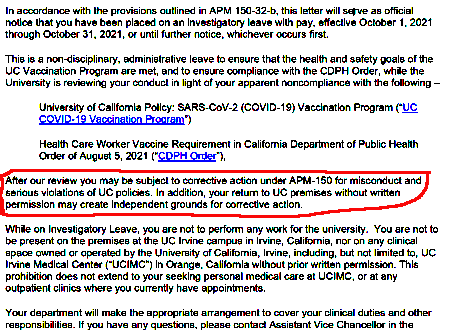Sierra Club official arrested for vandalizing Brownsville public mural with anti-SpaceX graffiti
Brownsville police today arrested Rebekah Lyn Hinojosa, a Sierra Club official, for spraying anti-SpaceX graffiti on the downtown mural painted by LA artist Teddy Kelly.
Hinojosa was taken into custody for spray painting the words “gentrified stop SpaceX” on a mural in downtown Brownsville. Hinojosa is the Senior Gulf Coast Campaign Representative for the Beyond Dirty Fuels Campaign, according to the Sierra Club website.
The level of ignorance illustrated by Hinojosa is difficult to measure. First, how can she think destroying art is no worse than “dirty fuels”?
Second, her belief that gentrification is somehow evil illustrates a truly profound close-mindedness and a refusal to notice that the prosperity that SpaceX is bringing Brownsville is helping everyone, poor and rich alike. She would be hard-pressed to find anyone who lives in Brownsville unhappy with SpaceX, if she made the slightest effort to ask — which she obviously does not wish to do.
Third, it appears she assumes her a short meaningless slogan constitutes a reasoned argument that will certainly change minds. And if she is right, we are truly doomed.
Hinojosa’s act however reveals the rising level of mindless hate against SpaceX’s achievements among the wine-and-cheese Democratic Party suburban crowd, the only people who really support leftist environmental organizations like the Sierra Club. They are beginning to marshal their forces to destroy the company, and sadly, their allies in the Democratic Party now control much of the government. At a minimum, expect serious delays at Boca Chica and with Starship due to this anti-capitalism campaign.
Hat tip to Robert Pratt of Pratt on Texas for letting me know about this story.
Brownsville police today arrested Rebekah Lyn Hinojosa, a Sierra Club official, for spraying anti-SpaceX graffiti on the downtown mural painted by LA artist Teddy Kelly.
Hinojosa was taken into custody for spray painting the words “gentrified stop SpaceX” on a mural in downtown Brownsville. Hinojosa is the Senior Gulf Coast Campaign Representative for the Beyond Dirty Fuels Campaign, according to the Sierra Club website.
The level of ignorance illustrated by Hinojosa is difficult to measure. First, how can she think destroying art is no worse than “dirty fuels”?
Second, her belief that gentrification is somehow evil illustrates a truly profound close-mindedness and a refusal to notice that the prosperity that SpaceX is bringing Brownsville is helping everyone, poor and rich alike. She would be hard-pressed to find anyone who lives in Brownsville unhappy with SpaceX, if she made the slightest effort to ask — which she obviously does not wish to do.
Third, it appears she assumes her a short meaningless slogan constitutes a reasoned argument that will certainly change minds. And if she is right, we are truly doomed.
Hinojosa’s act however reveals the rising level of mindless hate against SpaceX’s achievements among the wine-and-cheese Democratic Party suburban crowd, the only people who really support leftist environmental organizations like the Sierra Club. They are beginning to marshal their forces to destroy the company, and sadly, their allies in the Democratic Party now control much of the government. At a minimum, expect serious delays at Boca Chica and with Starship due to this anti-capitalism campaign.
Hat tip to Robert Pratt of Pratt on Texas for letting me know about this story.





